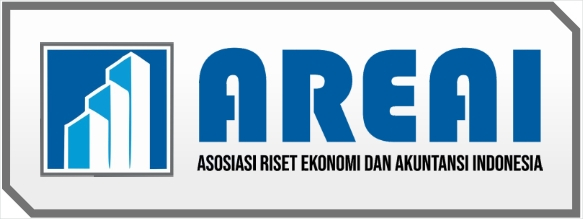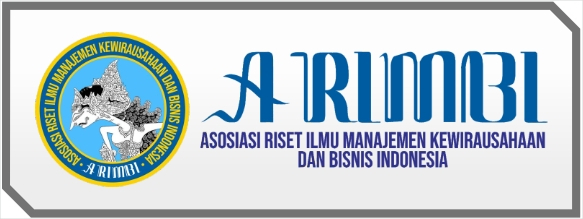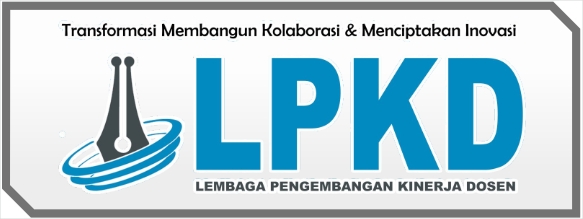Pengaruh Penerapan Teaching Factory Untuk Meningkatkan Kompetensi Dan Jiwa Kewirausahaan Siswa SMKN 10 Luwu
DOI:
https://doi.org/10.55606/jimak.v3i1.2708Keywords:
Teaching Factory, Entrepreneurial SpiritAbstract
In efforts to create strong entrepreneurs, the world of education, in this case vocational schools, is one of the institutions that has a very important role. Empirical facts show that the majority of vocational school graduates do not meet the needs or demands of stakeholders. Graduates tend to be "job seekers" and not many are able to work "independently". To overcome this problem, the policy made by the Indonesian government is to improve the quality of human resources through education, instill an entrepreneurial spirit at every level and level of education, and try to expand employment opportunities. one of the strategies created is to implement a teaching factory or industrial teaching program in vocational schools. This research applies library research, namely the method used by collecting data. Teaching factory is a development of a production unit and dual education system that has been implemented in vocational schools. The teaching factory concept is a form of development from a vocational school to a production school model. Teaching factories have several objectives, namely increasing the competency of vocational school graduates, increasing the entrepreneurial spirit of vocational school graduates and producing products in the form of goods or services that have added value. Teaching factories as a means of learning are quite effective in increasing students' competence and entrepreneurial spirit, so that teaching factories can If it runs well and is able to achieve the expected goals, it requires cooperation and assistance from various parties involved in it
References
Badan Pusat Statistik. 2019. Tingkat Pengangguran Terbuka (TPT) sebesar 5,28 persen. Diakses pada tanggal 30 Mei 2020
Bagoes, Idam Maintra. 2008. Filsafat Penelitian & Metode Penelitian Sosiial. Yogiyakarta: Pustaka Belajar.
Dadang Hidayat M., 2011. Model Pembelajaran Teaching Factory untuk Meningkatkan Kompetensi Siswa dalam Mata pelajaran Produktif. Jurnal Ilmu Pendidikan. Jilid 17 No.4 Februari 2011, hlm 270-278
Deutsche Gesellschaftmklofur Internationale Zusammenarbeit (GIZ) GmbH. 2014. Teaching Factory: Panduan Teknis Teaching Factory, Rencana dan Nilai Entrepreneurship. Diterjemahkan oleh Kuswantoro A. Yogyakarta: Graha Ilmu.
Depdiknas. 2003. Undang-Undang RI No.20 tahun 2003. Tentang Sistem Pendidikan Nasional
Direktorat Pembinaan SMK. 2017. Tata Kelola Pelaksanaan Teaching Factory. Jakarta: Direktorat Pembinaan SMK, Kemendikbud.
Nurhada P.A . 2020. Efektivitas Teaching Factory Dalam Meningkatkan Jiwa Wirausaha Siswa SMK Jurusan Tata Busana
Ibnu Siswanto. 2011 Pelaksanaan Teaching Factory Untuk Meningkatkan Kompetensi Dan Jiwa Kewirausahaan Siswa Sekolah Menengah Kejuruan
Moerwishmadhi. (Agustus 2009). Teaching factory suatu pendekatan dalam pendidikan vokasi yang memberikan pengalaman kea rah pengembangan technopreneurship. Makalah disajikan dalam Seminar Nasional Technopreneurship Learning for Teaching factory di Universitas Negeri Malang.
Direktorat PSMK. (2009). Roadmap pengembangan SMK 2010-2014. Jakarta: Departemen Pendidikan Nasional.
Direktorat Pembinaan Sekolah Menengah Kejuruan. (Mei 2008). Kewirausahaan dalam kurikulam SMK. Makalah disajikan dalam Seminar Nasional Wirausaha Kuliner, di Jurusan Teknologi Industri , Fakultas Teknik , Universitas Negeri Malang.



















